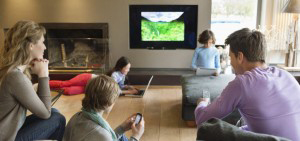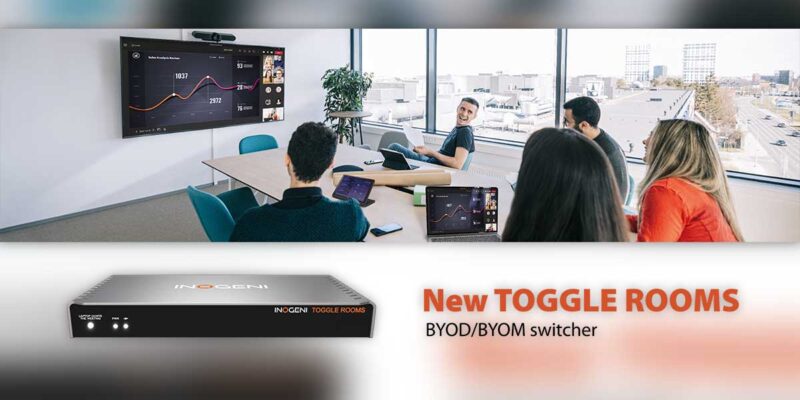Displays No Longer Dominate the Living Room
 A friend who works at a large content streaming company recently gave me a glimpse at a study that focused on the role of television in the household and wow – the results were quite shocking. I would argue the results will have significant impact on how displays are used in the enterprise as well as the home.
A friend who works at a large content streaming company recently gave me a glimpse at a study that focused on the role of television in the household and wow – the results were quite shocking. I would argue the results will have significant impact on how displays are used in the enterprise as well as the home.
The study, from the award winning research agency, Sparkler, puts an end to the long-standing belief that the television is the center point for social interaction in the living room. The viewpoint that the 4K flat panel hanging on your living room wall acts as a digital campfire – bringing people together with common social focus and lightweight interaction – just isn’t the case. Instead, other sources of information and entertainment (mobile devices in particular), are just as important. Multiple users, multiple devices, and context switching between them seems to be the new norm. The study followed the behavior of 1,050 people in the UK and used sophisticated techniques including biometric tracking, on-device analytics and video.
Here are a few takeaways from the study:
- Only half of online adults report that the TV is the focal point of their living room.
- While “significantly engaged” in watching television, 70 percent of viewers use a network-connected device.
- The percentage of users that engage devices & television simultaneously grows to 87 percent for individuals aged 16-34.
The study goes on to point out that the “second screen” is really an incorrect view of what is actually happening. Users are not making use of their second screen to augment a show. Instead, they are context switching between multiple content sources. This “switch screening” is commonplace and typically involves 2-3 additional devices outside of the television. This means the living room has become a multi-device, multi-functional space where users are interacting with multiple content sources and activities: social media, email, work and messaging.
Why does this matter to the professional world? I’ve pointed out in the past that a good understanding of consumer behaviors can inform trends in the enterprise and professional space. It’s why the AppleTV, for example, ended up (much to most people’s disappointment) in corporate conference rooms, and it’s why BYOD/MDM companies like Mobile Iron and Good exist. If you’re wondering how this will impact professional AV, ask yourself how the conference rooms you’re deploying today will (or won’t) support the behavior trends of meeting-goers. Multiple devices, multiple content sources, and the conference room display all need to seamlessly interact in meeting spaces and collectively improve workforce effectiveness and productivity.
For some more information about meeting culture and the role of technology in the conference room, checkout this survey by Mersive.





